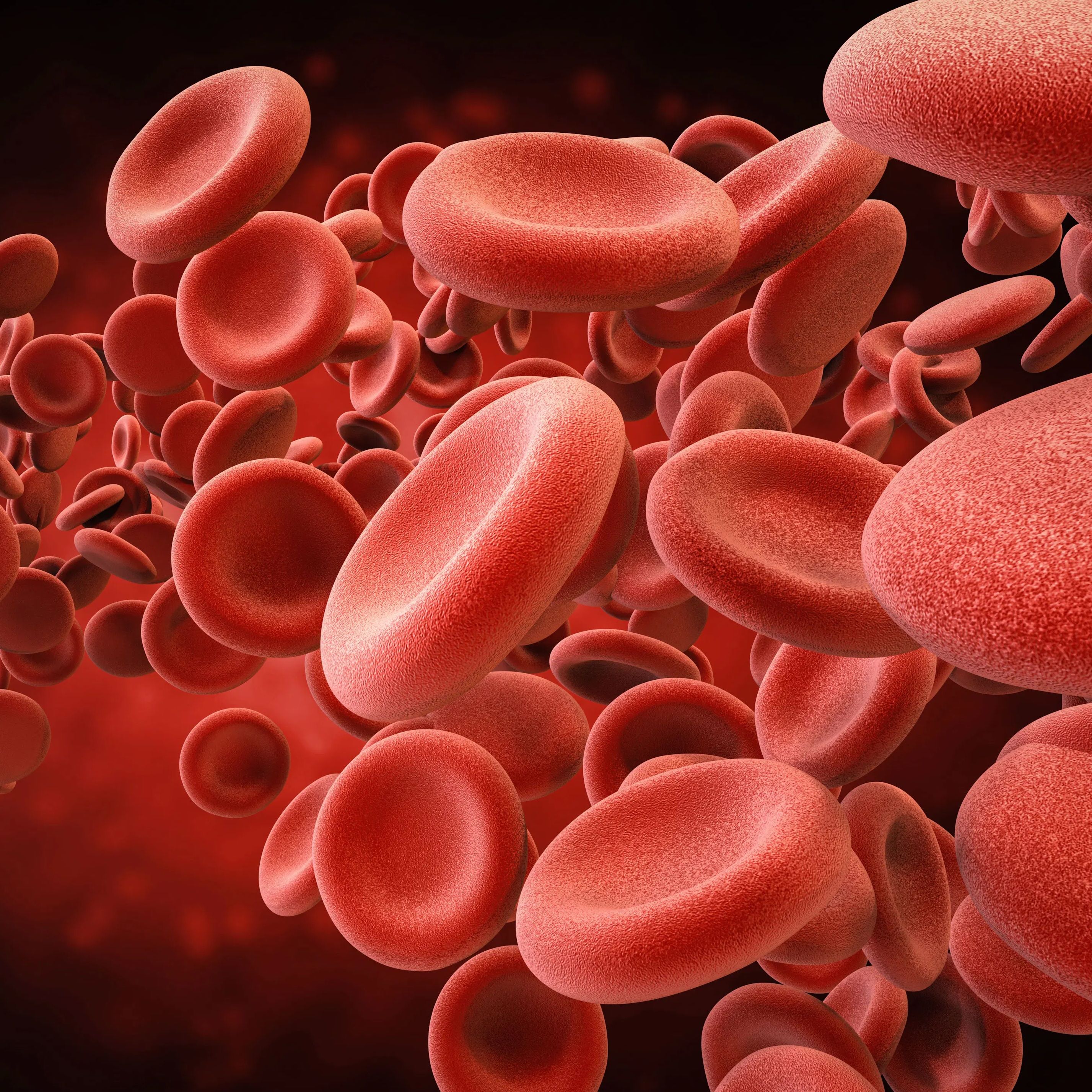News
Article
Iron Deficiency Common in Newly Referred Patients With Renal Failure
Author(s):
Nearly half of patients with CKD presented with iron deficiency at the initial presentation at the nephrology department.
Credit: Fotolia

A cross-sectional analysis of patients with stage 4 or 5 chronic kidney disease (CKD) revealed approximately half presented with iron deficiency at the time of their initial presentation to a single-center nephrology department.1
Multivariable logistic regression analysis showed that age, female sex, estimated glomerular filtration rate (eGFR), medications for renal anemia, and a history of ischemic heart disease were each patient factors associated with iron deficiency status.
“Although various agents are available for the treatment of renal anemia, iron status must be assessed before prescribing them to patients with renal failure,” wrote the investigative team, led by Mineaki Kitamura, MD, PhD, an assistant professor at Nagasaki University Hospital.
Anemia is a frequent presentation in patients with CKD, with renal anemia a noteworthy etiology that has experienced an increase in new therapeutic agents and disease awareness.2 In addition to erythropoiesis-stimulating agents (ESa), hypoxia-inducible factor prolyl-hydroxylase inhibitors (HIF-PHIs) have been introduced for renal anemia treatment in CKD.
However, anemia in CKD is multifactorial, requiring the cause of anemia to be determined before treatment initiation.3 Iron deficiency is a primary complication in CKD and iron supplementation may be necessary for ensuring renal anemia treatment effectiveness.
Kitamura and colleagues hypothesized some individuals with CKD in Japan would experience iron deficiency due to administration of anti-renal anemia agents, particularly HIF-PHIs.1
Patients with stage 4 or 5 CKD referred to the investigator’s facility by primary care physicians between January 2018 and December 2023 were included in the study. Investigators sought to evaluate the prevalence of iron deficiency among these newly referred patients with renal failure and determine the related factors.
Iron deficiency was categorized as ferritin levels of <100 ng/mL or transferrin saturation (TSAT) of <20% with ferritin levels of 100-300 ng/mL, indicated for iron supplementation. The cause of renal failure was determined based on medical records from the attending physician.
Among 959 patients referred to the department during the study period, 397 had stage 4 or 5 CKD. Iron-associated parameters were available for 361 patients (91%). Patients had an average age of 76.8 years and were 54.0% male.
Based on the definition of iron deficiency, 169 patients (47%) had iron deficiency, with patients being typically older and female. The estimated eGFR, hemoglobin level, TSAT, and median ferritin level were 17.0±7.0 mL/min/1.73 m², 10.8±2.1 g/dL, 27.5±13.1%, and 130 ng/mL, respectively.
Medication data showed ESAs, HIF-PHIs, and iron supplementation were prescribed to 35 (9.7%), 17 (4.7%), and 35 (9.4%) patients, respectively. There were no notable differences between patients with and without iron deficiency in the number of administered medications for renal anemia.
However, serum ferritin levels were lower in the HIF-PHIs group compared with those who received ESAs (P = .20) and significantly lower in those who did not receive any medication for renal anemia (P = .02). Meanwhile, age, female sex, eGFR, renal anemia medications, and history of heart disease were correlated with iron deficiency (P <.05).
“Although patients with renal failure tend to exhibit anemia, attention should be paid to iron deficiency anemia in addition to renal anemia, especially in patients with renal failure and a history of ischemic heart disease,” Kitamura and colleagues wrote.
References
- Kitamura M, Yamashita H, Kuroki R, et al. Iron Deficiency in Newly Referred Patients With Chronic Renal Failure. Cureus. 2024;16(5):e61076. Published 2024 May 25. doi:10.7759/cureus.61076
- Portolés J, Martín L, Broseta JJ, Cases A. Anemia in Chronic Kidney Disease: From Pathophysiology and Current Treatments, to Future Agents. Front Med (Lausanne). 2021;8:642296. Published 2021 Mar 26. doi:10.3389/fmed.2021.642296
- Wang X, Wei C, Zhao D, et al. Iron Supplements Concomitant within Hypoxia-Inducible Factor Prolyl Hydroxylase Domain Inhibitors in the Treatment of Chronic Kidney Disease Anemia. Kidney Dis (Basel). 2023;9(6):485-497. Published 2023 Aug 23. doi:10.1159/000533304





